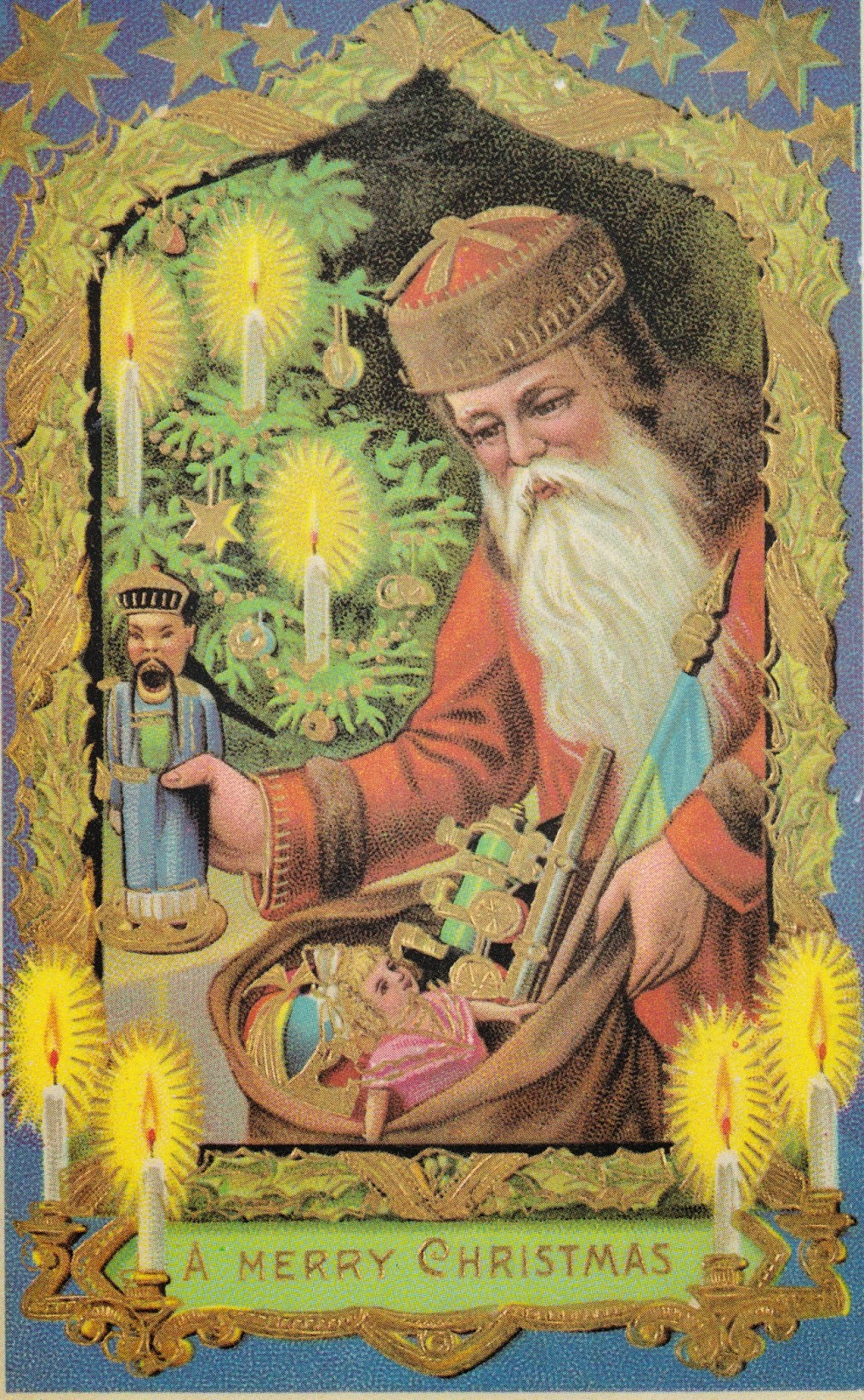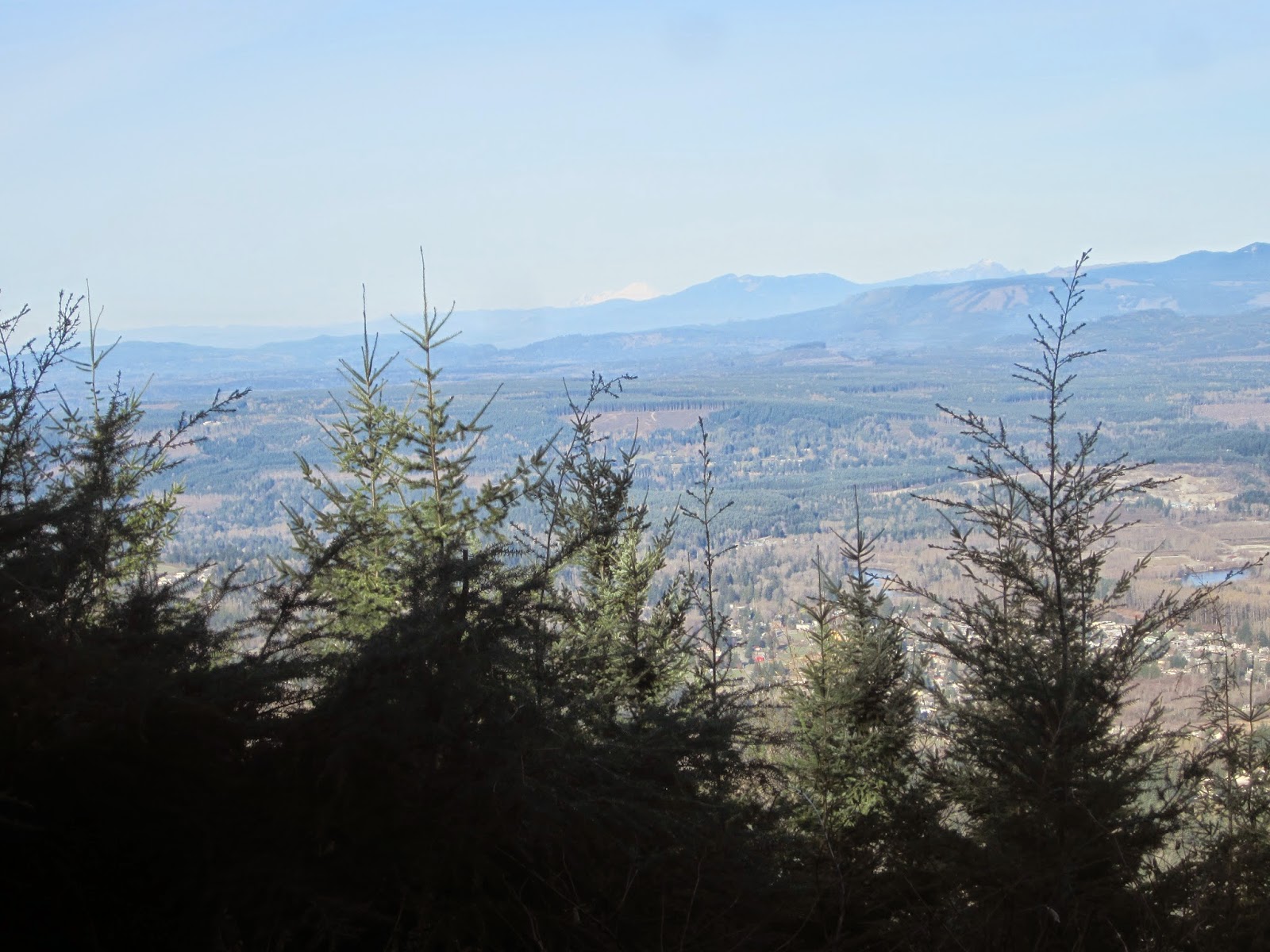Herbert Solwold, 1987
On 17 July 1987 I had the great good fortune to meet with Agnes Allpress* at her home in Silverdale, Washington. Agnes had as her special guest, Herbert Solwold who had just celebrated his 95th birthday. He certainly did not look his age when I saw him. This photo was was taken earlier that year at his home in Swisshome, Oregon. He was a perfect delight to visit. At that time he lived with his stepson and step-daughter-in-law and had driven up to Washington to meet with a group of family members. Sixty-five people gathered at a reunion in his honor, some coming from as far away as Illinois.
Jorgen (George) Ostinius Olsen Solwold, ca 1870
[www.Ancestry.com]
Uncle Herbert's father was Jorgen Ostinius Olsen Solwold who was born 30 October 1851 on the Kragføt farm in Ulefoss, Holla, Telemark, Norway. George as he was called in the United States worked as a ship painter in Bergen, emigrating at age 18 or 19 from that city. Herbert said that his father suffered from lead poisoning as a result of his ship painting. He also recalled that when his father first came to Hood's Canal Captain Hood's head was on a post at Hood's Point--Captain Hood having angered the Indians had "made his last point."
George married Mary (her maiden name appears in places as either Thornsen or Sorensen), who was born in Norway 8 May 1860 and came to the United States at age 3. Her family originally settled in Minnesota. George and Mary were married 23 December 1879 in Winona County, Minnesota and left there traveling across the country to become homesteaders at Duckabush located on Hood's Canal in Jefferson County, Washington. They settled there around 1884 to 1886 which was before Washington territory became a state (November 11, 1889). George had two brothers, Gunnar and Olaf Solwold who may have also lived in the area.
George and Mary lived in a log cabin which they built from timber on their land. Their land was on the south of the mouth of the Duckabush River along the beach. They were hardworking pioneers who loved the land on which they lived. They had two sons, Herbert and Walter. Walter passed away in 1969. George was appointed Duckabush Postmaster in 1891. They would row seven miles to Seabeck for mail and supplies. The post office at Duckabush was discontinued in 1926. They also had a small general store for many years. George died 5 May 1931, and Mary passed away 14 October 1953.
While Herbert was growing up at Duckabush Sadie Stean was doing the same in Norway. Sadie's story has already been told in the blog. She was the granddaughter of Mikal Alfsen Roland Hornnes and Anna Gundersdatter. Her mother was Raghnild Mikalsdatter and her father was Ola Johnson Stean. Sadie was another of Lil Anna's nieces and cousin of Gunnie Swanson. After Sadie came to the United States and moved to Seattle around 1909, she made friends with Ester and Line. Ester married Jack Jarness, Line married Carl Carlson. These three girls went camping on the land owned by Herbert's parents at Duckabush. It was during one of the camping trips that Herbert and Sadie met and began to see each other. They dated for a couple of years before World War I called Herbert to France. They wrote during the war and when he returned home they were married at Gunnie (Gunie) and L.R. Swanson's home in Silverdale, Washington on 8 October 1919.
Ester, Sadie, and Line on a camping trip, ca 1914
Herbert Solwold in his World War I uniform, taken in France 1917
The photo above of Herbert in his uniform was sent as a postcard to Axel and (Lil) Anna Hornnes Schroder as a Christmas greeting in 1917. Herbert had stayed with them in 1916 before going into the army. Altogether he was in the service for 17 months, going first to Camp Lewis, then Georgia, then to Camp New Jersey before being sent overseas.
When he returned Herbert worked for a time (1919/1920) at the fish hatchery in Brinnon, Washington near Duckabush. He was called back to work as manager in 1921/22. In 1922 he built a log house in Brinnon which he and Sadie kept until about 1933 when it was sold for $3,000. The picture below is of Richard Solwold, the only son of Herbert and Sadie. It was taken in the snowy woods on the north side of the Solwold house.
Richard Solwold
Herbert was married three times. After Sadie passed away in 1941 he married Marian Taylor also called "Georgie" in 1943. Georgie died in 1972 and that same year Herbert married Connie Danielson. Connie lived until 1983. Herb said that he had no plans to remarry again and was quite happy to live with Connie's son, Floyd, and wife, Helen Danielson, in Swisshome, Oregon. "They are taking good care of me," he said when I talked with him in 1987.
Herb passed away on 9 December 1989. In a short history of his life written by Mrs. Bailey of Dosewallips, Washington he was described as the oldest living native son of the Brinnon area, Jefferson County, Washington. Herb was still surf fishing in the Pacific Ocean in his 97th year but he got a blood clot in his leg and was hospitalized for a short time before he died. When he was 95 he walked all around the Brinnon area telling stories of his parents pioneering days and "walked the legs off" people half his age. He had 6 grandchildren and 12 great-grandchildren. When I visited with him he did indeed fit the description "sharp as a tack" and full of fun. I feel very privileged to have met and visited with him.
....................................................................................................................................
Notes:
To help family members place the individuals I will try and connect them beginning with
* Agnes Allpress was the daughter of Gunnie Osmun
Swanson and granddaughter of Osmund Baardsen Gåseflå who was the husband of (Store) Anna Mikalsdatter Hornnes. Because she was so tiny when she was born Gunnie was nicknamed "Bitta" by her siblings.

































































